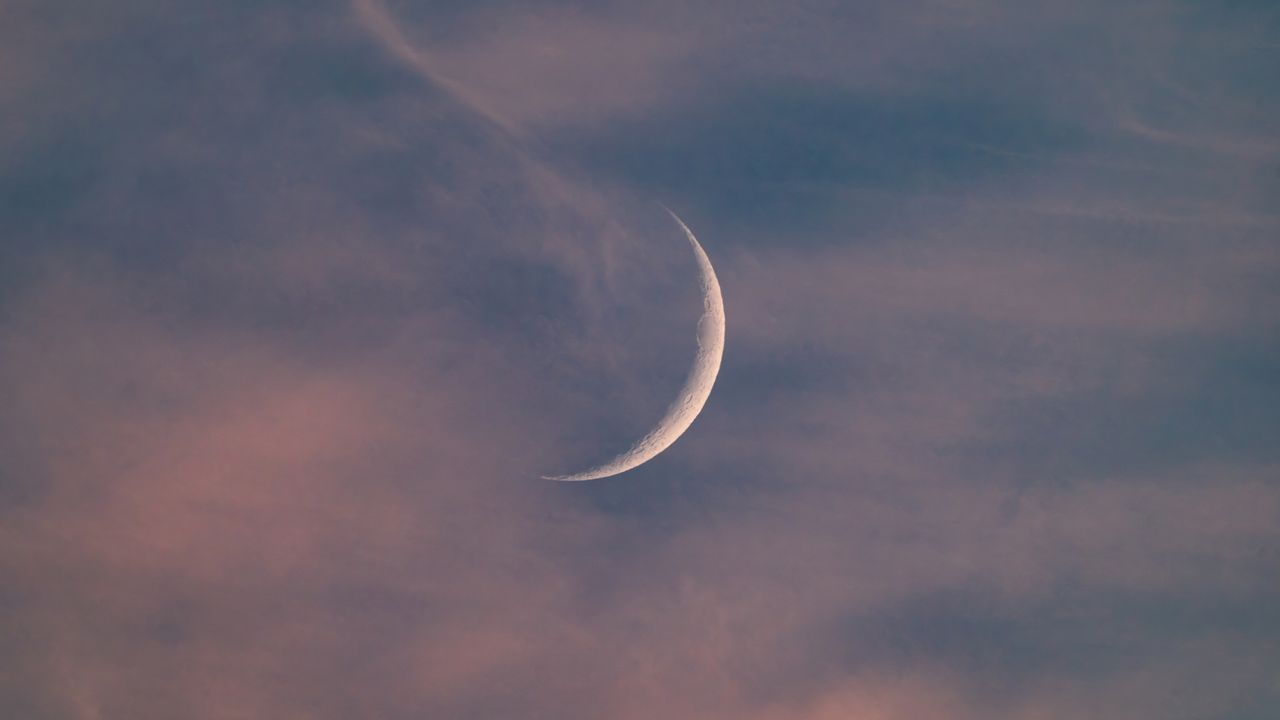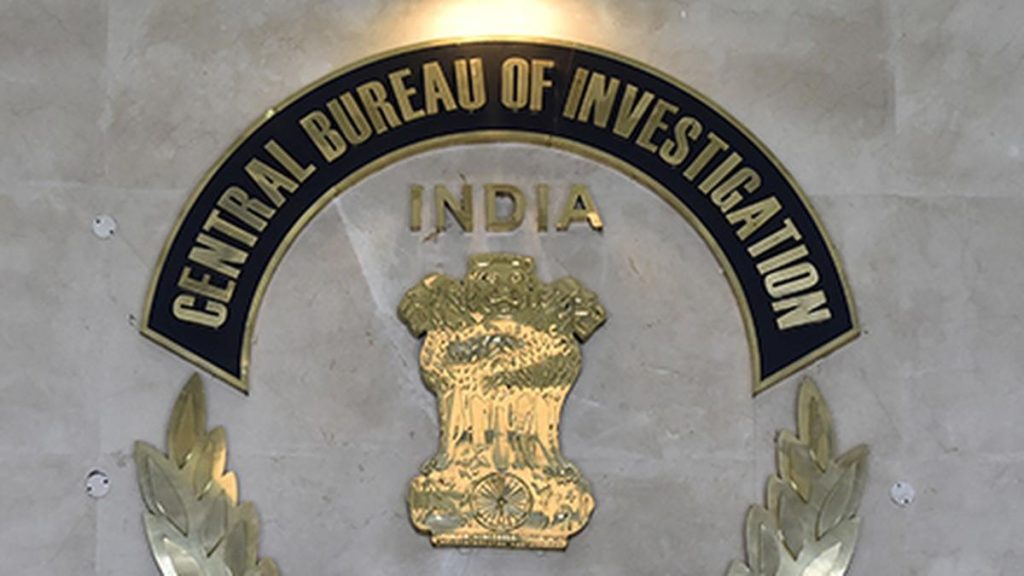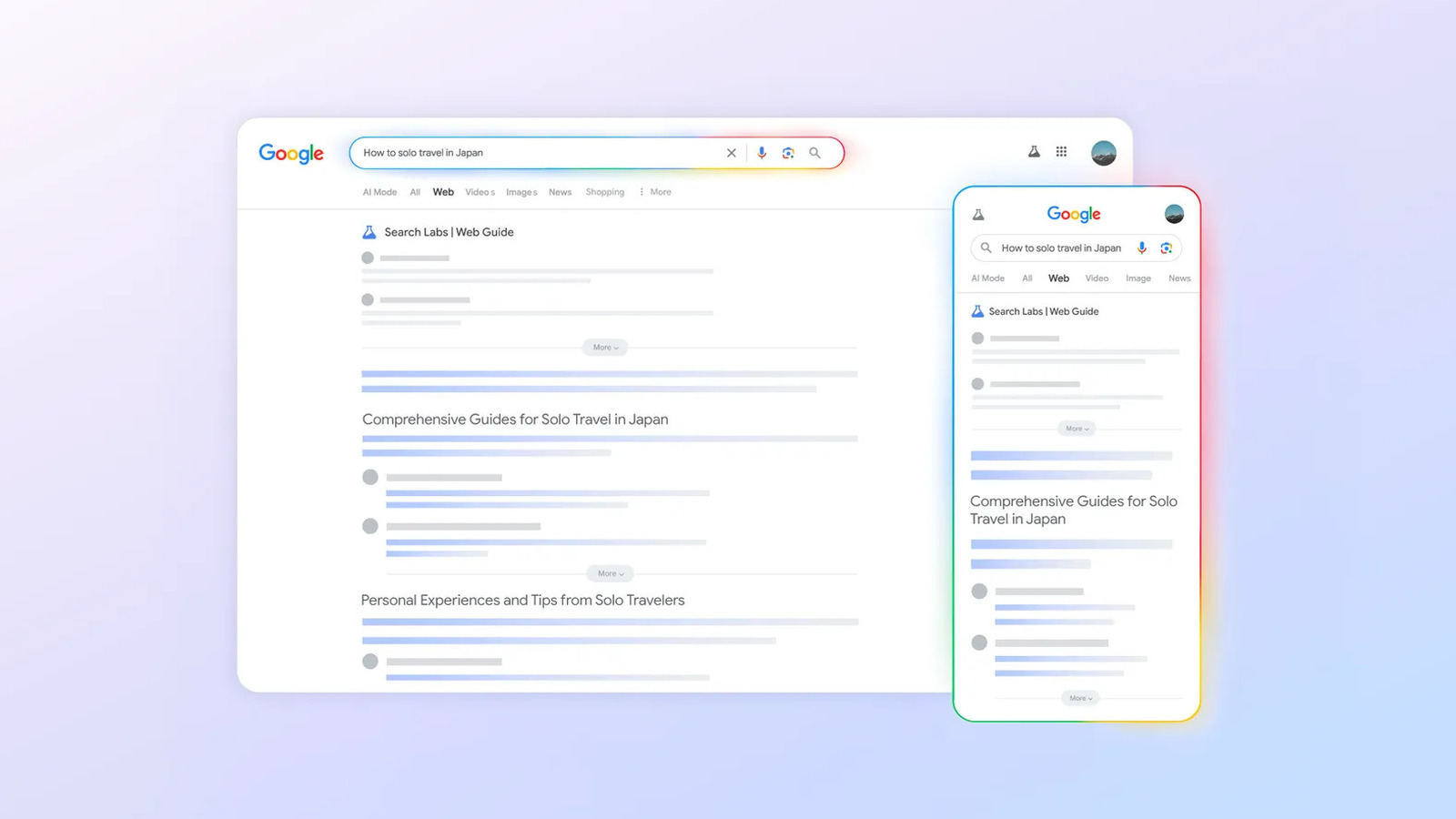Now Reading: Mars and Crescent Moon to Grace the Skies Together on July 28
-
01
Mars and Crescent Moon to Grace the Skies Together on July 28
Mars and Crescent Moon to Grace the Skies Together on July 28

Speedy Summary
- On July 28, stargazers can view the waxing crescent moon and Mars together in close proximity after sunset.
- The crescent moon will appear about 20 degrees above the western horizon, with Mars around four degrees to its upper right.
- Both celestial bodies will be visible within the field of view of 10×50 binoculars.
- Mare Crisium (Sea of Crisis), a basaltic plain formed by ancient asteroid impact on the moon, may also be noticeable through binoculars.
- Observers with telescopes can see additional Martian features such as its polar ice caps and surface markings.
- Both Mars and the moon will set roughly two hours after sunset; a clear western horizon is recommended for optimal viewing conditions.
!Waxing Crescent Moon
Image Credit: Daniel Garrido/Getty Images
!Viewing Map
Image Credit: Starry Night/Chris Vaughan
Indian Opinion Analysis
the July 28 celestial event provides an excellent chance for amateur astronomers and skywatching enthusiasts in India to engage with space observation. Given India’s growing interest in space sciences-evident from ISRO’s achievements-events like these foster public enthusiasm towards astronomy. The conjunction of Mars and the crescent moon serves not only as an educational event but also aligns well with India’s promotional push for STEM fields among younger generations. Maximizing visibility requires careful planning around sunset times specific to Indian locations.Read More: Space.com Article




























